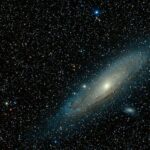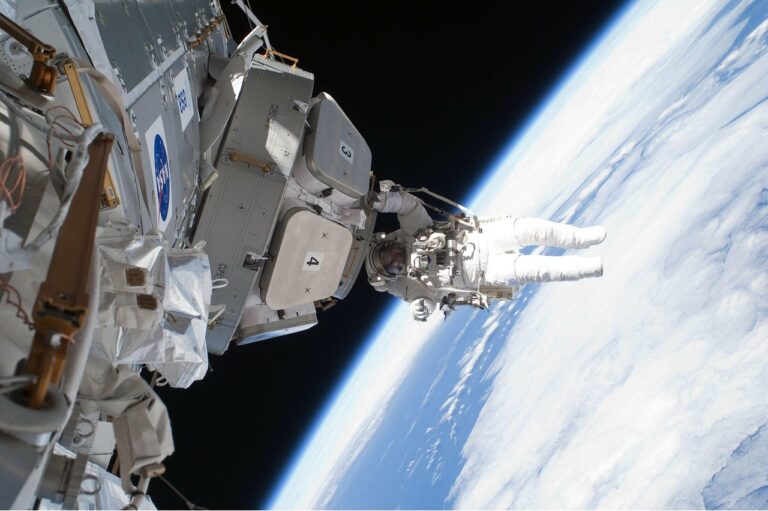Among the many theories explaining the life cycle of our Universe, the “Conformal Cyclic Cosmology” is of particular interest. Its author is the famous physicist Roger Penrose, who is on a par with such personalities as, for example, Stephen Hawking.
The theory tells us that our world exists in a continuous cycle of birth and death: that is, our universe had descendants, and after it dies, a new universe will appear in its place. So how will the end of our universe occur?
A scientist believes that in the distant future, all the particles of our Universe that have mass will gradually be pulled into huge black holes. Gradually, the extremely expanded universe will consist only of massless particles – photons – and black holes. But this won’t last forever: because of Hawking’s radiation, any black hole will gradually evaporate. It takes billions of years, but the end is predetermined.
According to Roger Penrose, with the disappearance of the last black hole in the universe, there will be no object relative to which measurements can be made – that is, the very concept of space and time will disappear.
The characteristics of the future Universe will not differ from the singularity – the very point from which the Big Bang occurred and our world arose. As soon as this happens, a new Universe will emerge from the singularity, and with it a new space-time.
Not only Penrose’s name alone makes one pay attention to this theory – recent discoveries of scientists have presented certain evidence of correctness of conformal cyclic cosmology. The fact is that conformal cyclic cosmology assumes possible presence in our Universe of traces from previous Universe. Such traces can be left by the only objects left at the end of the life cycle of the previous Universe – supermassive black holes. If they can somehow be detected, then only by studying the distribution of relic radiation.
This is interesting: relic radiation is microwave radiation that evenly fills the Universe and that originated about 300,000 years after the Big Bang. At this time, slowed-down electrons began to combine with protons and alpha particles to form atoms and move from the plasma state to the gaseous state. This epoch is often referred to as the “primary recombination epoch. Echoes of this event in the form of radiation reach us to this day.
According to a group of physicists who have studied the latest radio telescope data, the map of the relic radiation clearly shows irregularly distributed structures, called B-modes.
It is assumed that in these very places in the previous Universe there was the evaporation of black holes with the release of so much energy into space, that echoes of those events we – the inhabitants of the next world – can still observe.
So far, the world community is waiting for additional confirmations of discovered structures, and if the data are confirmed, the scientists’ discovery may overturn the whole modern view of life and evolution of the Universe.











